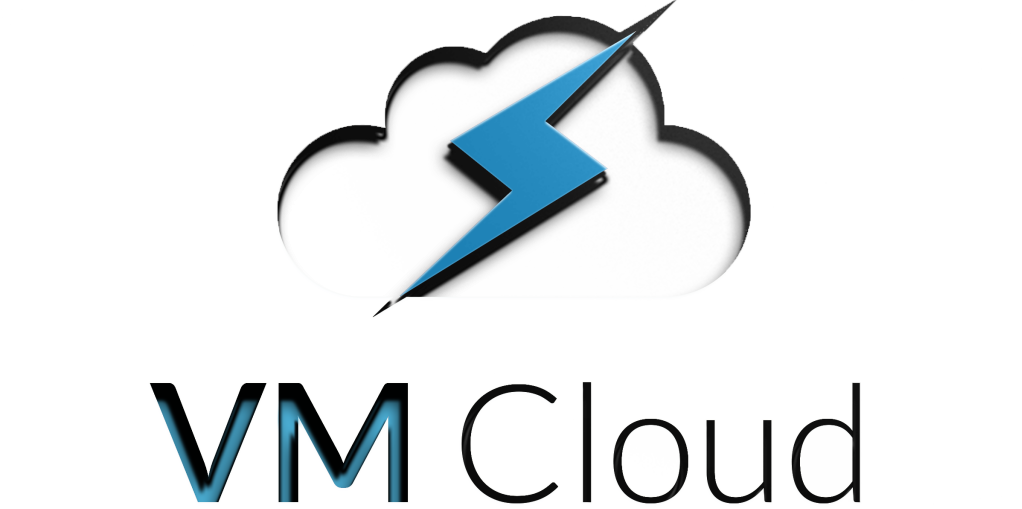Trends and challenges in cloud-based workflows
The media industry is changing fast, because the revolutionary changes in the way that people consume television. Traditional delivery platforms like terrestrial and satellite are still important, not least for live content. But online streaming and on-demand video must be central in anyone’s plans.
Stepping back up the content chain, the expectation is that the “broadcast quality” we have come to expect will be maintained. Indeed, quality is even pushing upwards, with the growth in demand for 4k, high dynamic range Ultra HD. Audiences recognise and are intolerant of technical failings.
While quality has to be maintained, the way that television is produced is also seeing innovative new techniques. Remote production is growing in importance. Sports events, for example, commonly see a hybrid approach with some of the work taking place at the location, the rest back at the broadcast base – which may be a continent away.
Other television genres are driving changes in production style. Reality television is still hugely popular. This demands a lot of fast turnaround post production to package the day’s action in time for primetime. The content has to be topical, because audiences want to interact, with the production and with each other.
If we pull all these trends together, the one key message that comes out is that every aspect of the production chain from initial visualisations to final delivery must be agile. Systems need to be able to adapt at a moment’s notice to completely new goals and workflows.

Studios will continue to exist, for example, but increasingly the model is shifting from bookings measured in weeks and months to much shorter rentals, even down to hour-long slots. If a single studio is going to serve multiple clients and productions in the same day, then it has to be able to change very quickly. Systems must be reconfigured, sets adapted, new virtual environments loaded.
In post, content will come from location and the studio, to be worked on in the facility or by editors at home. In turn, that means access to content has to be very flexible, with secure shared storage, readily configured permissions, and intelligent use of proxies and remote conformation.
The solution lies in software-defined architectures and the seamless flow of data. The cloud becomes an inevitable part of these new architectures: assets are data; data needs to be shared and distributed; cloud provides the right host and conduit.
But while all the elements of technology are now there, putting them together successfully is still challenging. It takes a fresh approach to the design of both technology and workflows. Simply replacing traditional architectures with the same functionality in software misses the big opportunities. You have to start with goals, then find fresh ideas to make the workflows that will achieve them.
At VM Cloud we have the multi-disciplinary team of engineers and systems integrators that you need to create your future architecture. We can talk you through defining your aims and objectives, then how best to achieve them. From that, we can ensure that the right technology is in place to deliver your goals, accurately and consistently.
Most important, together we will recognise that those goals are never set in stone. New productions, new delivery platforms and new opportunities mean your business must be agile and flexible – and so must its underlying technology.

